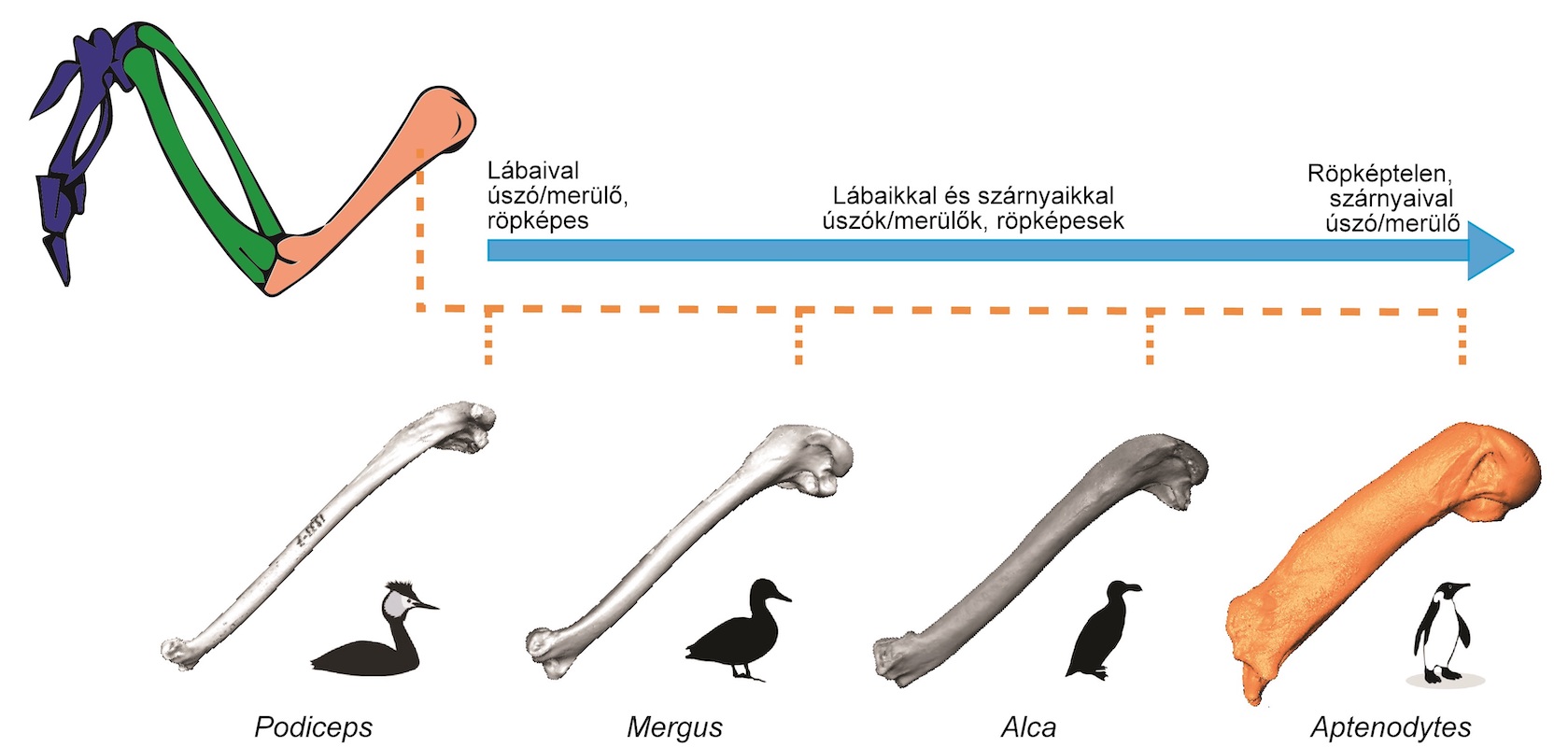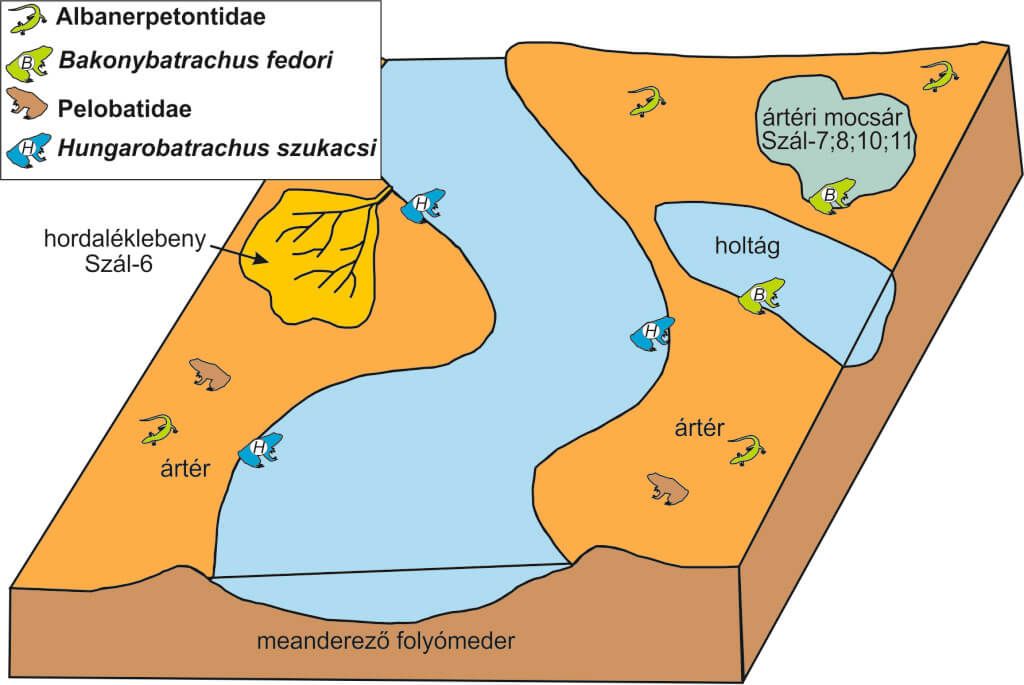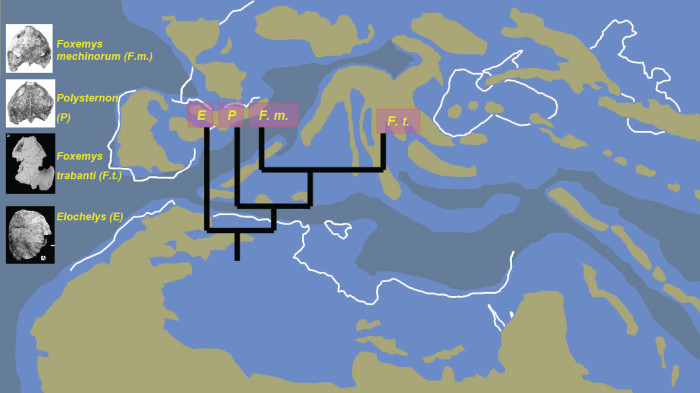
Study of food preference in Archosauria reptiles
There are many groups in the vertebrate life of the Mesozoic in Earth history that no longer exist today …

Late Cretaceous continental sedimentary rocks are becoming rare in Europe. Such sediments and bone remains from some sites are known mostly from the beginning of the Late Cretaceous and then from the very end after a gap of 20-22 million years. This 20 million years of hiatus that lasted from the Cenomanian to the Campanian, only the very rich finds of the Iharkút site are known, as well as scattered finds.
What dinosaurs and flying reptiles may have lived in the European archipelago at this gap period? Perhaps those groups that were present at the beginning of the Cretaceous period? Or they disappeared during this period? How did the migration of these groups take place during this period?
In connection with this research, we would like to get to know the evolutionary history of the Cretaceous vertebrate fauna of the European archipelago as much as possible. To this end, we are on the way to discover more and more fossil sites from which new, hitherto unknown fossils can be found. In recent years, we have found rich material close to the city of Ajka, and we have discovered new, important sites in Austria, which are being researched.

There are many groups in the vertebrate life of the Mesozoic in Earth history that no longer exist today …

Birds originated in the Jurassic, and later diversified occupying different media and environments…

A lot of hitherto unknown fragmentary frog skull bones unearthed from the Iharkutian Late Cretaceous (Santonian) paleovertebrate locality…

The Late Cretaceous European paleogeography was largely characterized by a complex archipelago system…